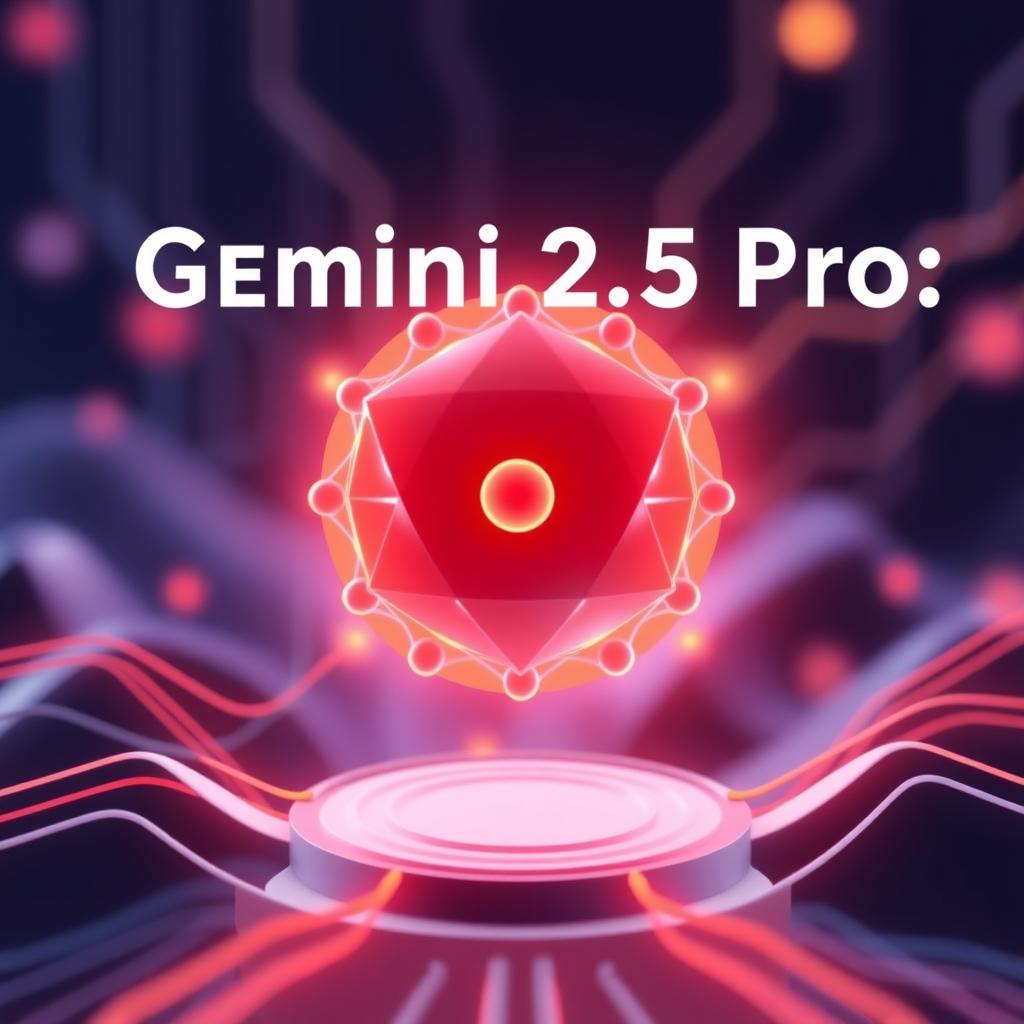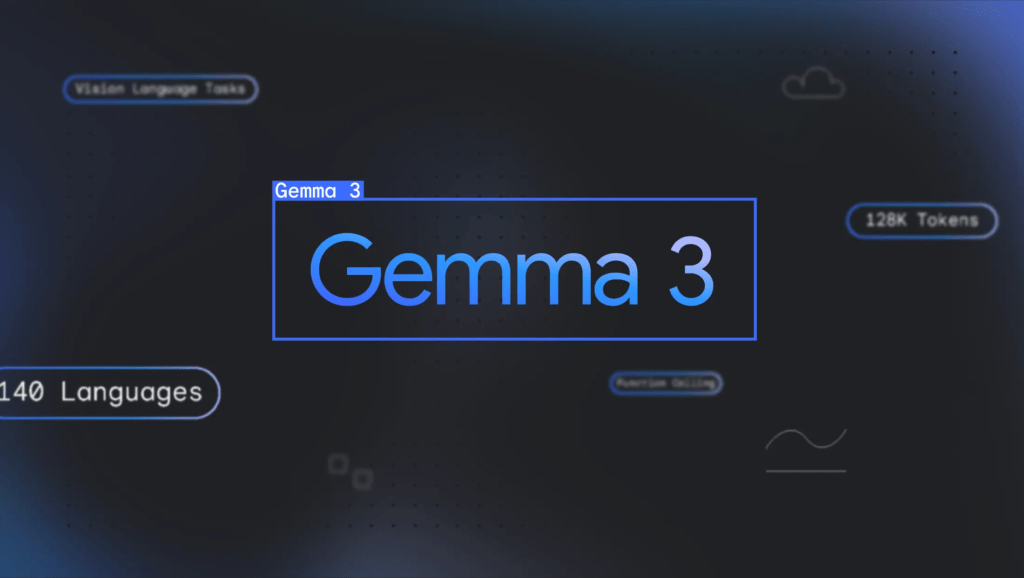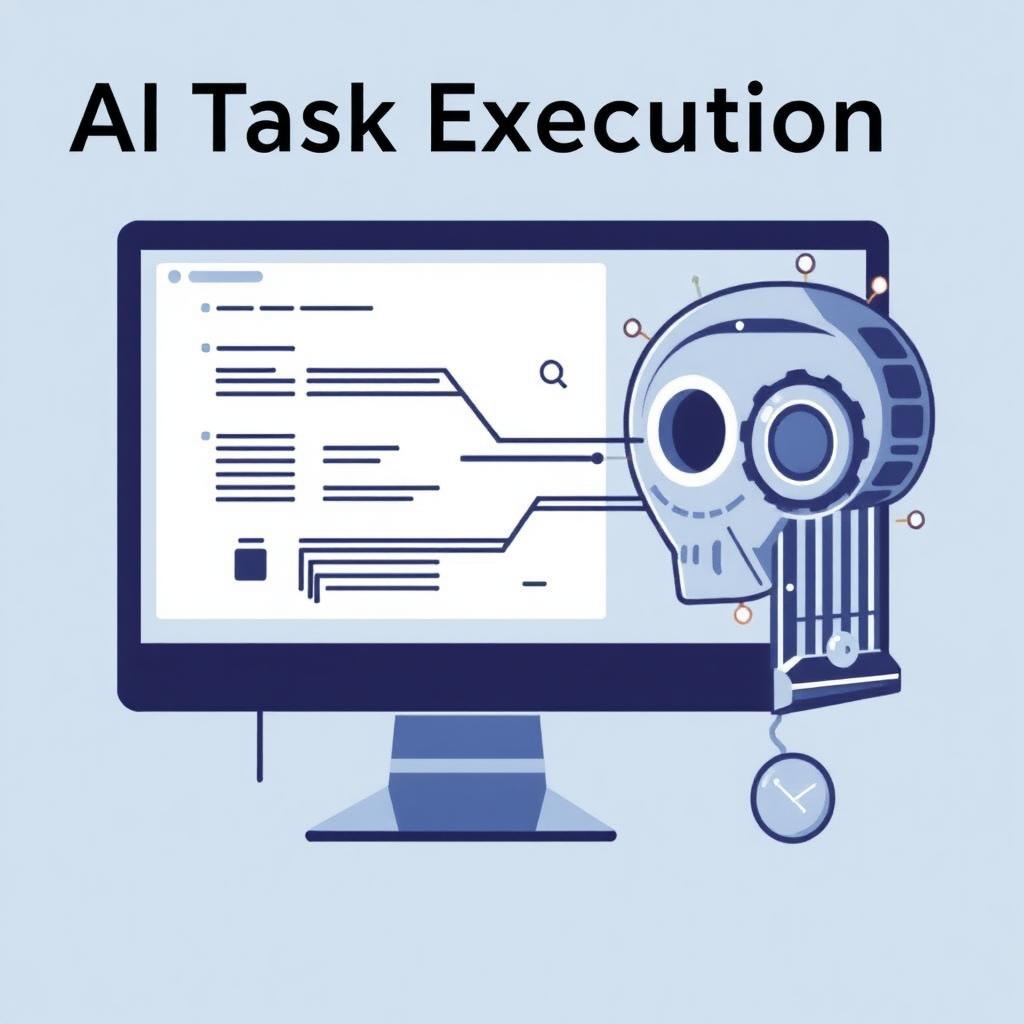
Meta’s Llama 4: Revolutionising AI Code Generation Tools with Massive Context Windows
Alright, let’s dive into the buzz! As RayMish Technology Solutions, we’re always keeping an eye on the cutting edge, and Meta’s latest announcement about their Llama 4 AI models has our attention. It’s not just another AI model; it’s a step forward, especially for those of us in the business of building AI-powered applications. We at RayMish, specialising in Mobile Apps, Web Apps, AI Apps, Gen AI Apps, AI Agents, and MVP products for startups, see the potential for these advancements. The world of AI tools, particularly code generation, is constantly evolving. Understanding these shifts is crucial for staying ahead and delivering the best solutions to our clients.
What’s New with Llama 4? An Overview for Developers and AI Enthusiasts
Meta’s Llama 4 models are here, and they’re bringing some exciting upgrades to the table. Unlike the latest models from OpenAI or DeepSeek, Llama 4 isn’t necessarily focused on pushing the boundaries of reasoning. But what it lacks in reasoning innovation, it more than makes up for with its unique architecture and impressive capabilities. The key here is the use of a “Mixture of Experts” (MoE) architecture. Think of it like assembling a super team where smaller, specialised models work together to achieve results that would normally require a massive, single model. This approach is brilliant because it’s far more efficient, meaning better performance and lower costs, which are always welcome in our line of work.
Key Features: Mixture of Experts, Context Windows and Multimodality
The Llama series has been redesigned with a state-of-the-art mixture-of-experts (MoE) architecture and natively trained with multimodality. This design makes it perform better and faster than its predecessors. Meta has released Llama 4 Scout and Llama 4 Maverick and previewed Llama 4 Behemoth. The release of these models marks a major milestone.
Llama 4 Scout is the highest-performing small model. It has 17B activated parameters with 16 experts. It’s extremely fast, natively multimodal, and very smart. It achieves an industry-leading 10M+ token context window. It also can run on a single GPU!
Llama 4 Maverick is the best multimodal model in its class, beating GPT-4o and Gemini 2.0 Flash across many reported benchmarks while achieving comparable results to the new DeepSeek v3 on reasoning and coding – at less than half the active parameters. It provides a best-in-class performance-to-cost ratio with an experimental chat version scoring an ELO of 1417 on LMArena. And just like Scout, it can run on a single host!
Llama 4 Behemoth is Meta’s most powerful model yet and among the world’s smartest LLMs. It outperforms GPT4.5, Claude Sonnet 3.7, and Gemini 2.0 Pro on several STEM benchmarks. Llama 4 Behemoth is still training, and Meta is excited to share more details about it even while it’s still in flight.
The Big Deal: Massive Context Windows and What it Means for Code Generation
Now, here’s the real kicker for us: Llama 4 supports a 10 million token context window! Let’s break that down. The context window is basically the amount of information the model can “remember” and use when generating code or other outputs. A 10 million token window is huge. This is a game-changer for code generation. The model can hold vast amounts of even a complicated codebase within its context and operate on it, which could be incredibly powerful. Imagine feeding the model an entire project, and it can then understand the entire structure, dependencies, and existing code. The ability to work with such large contexts opens up new possibilities.
Here’s why we’re excited:
- Code Comprehension: The model can deeply understand complex projects.
- Faster Development: Easier to generate, debug, and refactor code.
- Project-Specific Training: Tailor the model to particular codebases.
RayMish is all about leveraging cutting-edge technology to boost our clients’ success. Llama 4’s large context window has the potential to significantly improve our code generation, streamline development, and deliver even more impressive solutions for our clients.
Llama 4 Editions: Scout, Maverick, and Behemoth
Meta hasn’t just launched one model. They’re rolling out three versions: Scout, Maverick, and Behemoth. Scout is the highest-performing smaller model, built for speed and efficiency. Maverick is the best multimodal model in its class, beating GPT-4o and Gemini 2.0 Flash. And then there’s Behemoth, which is still in training, but expected to be one of the smartest LLMs available. Each of these models targets different use cases and performance levels, offering flexibility depending on your needs.
The Future of AI Code Generation
The pace of innovation in the AI world is mind-blowing. Llama 4 might not have a groundbreaking “reasoning” breakthrough. But, it still shows significant progress, especially with the huge context window size. This is great news for us and for everyone in the software and AI fields. It shows that AI code generation is evolving and becoming even more useful.
We at RayMish are excited to see how these tools can help us serve our clients better. With its increased efficiency and expanded capabilities, the Llama 4 series is likely to make waves in the industry, especially for code-related tasks. We can’t wait to see what we can build.
Frequently Asked Questions (FAQs)
Let’s address a few common questions about Llama 4 and AI code generation.
What is a “Mixture of Experts” architecture?
It’s an architecture that breaks down the model into smaller, specialised models (“experts”) that work together. This approach is more efficient and often leads to faster and more cost-effective performance.
What is a context window?
A context window is the amount of information an AI model can “remember” and use when generating output. A larger context window (like the 10 million tokens in Llama 4) allows the model to understand and work with more complex codebases or large datasets.
How will Llama 4 impact AI code generation?
The large context window in Llama 4 means the model can understand more code at once, making it better at generating, debugging, and refactoring code. This can lead to faster development and higher-quality code.
Is Llama 4 open source?
Yes, Llama 4 is open source, and the first models in the collection are available. This is significant as it means more developers can access and contribute to the technology.
As a leading software development company, RayMish Technology Solutions is always keeping an eye on innovations in the field, especially around AI code generation. Meta’s Llama 4 models are poised to change the game with their remarkable context windows and efficient architecture.








